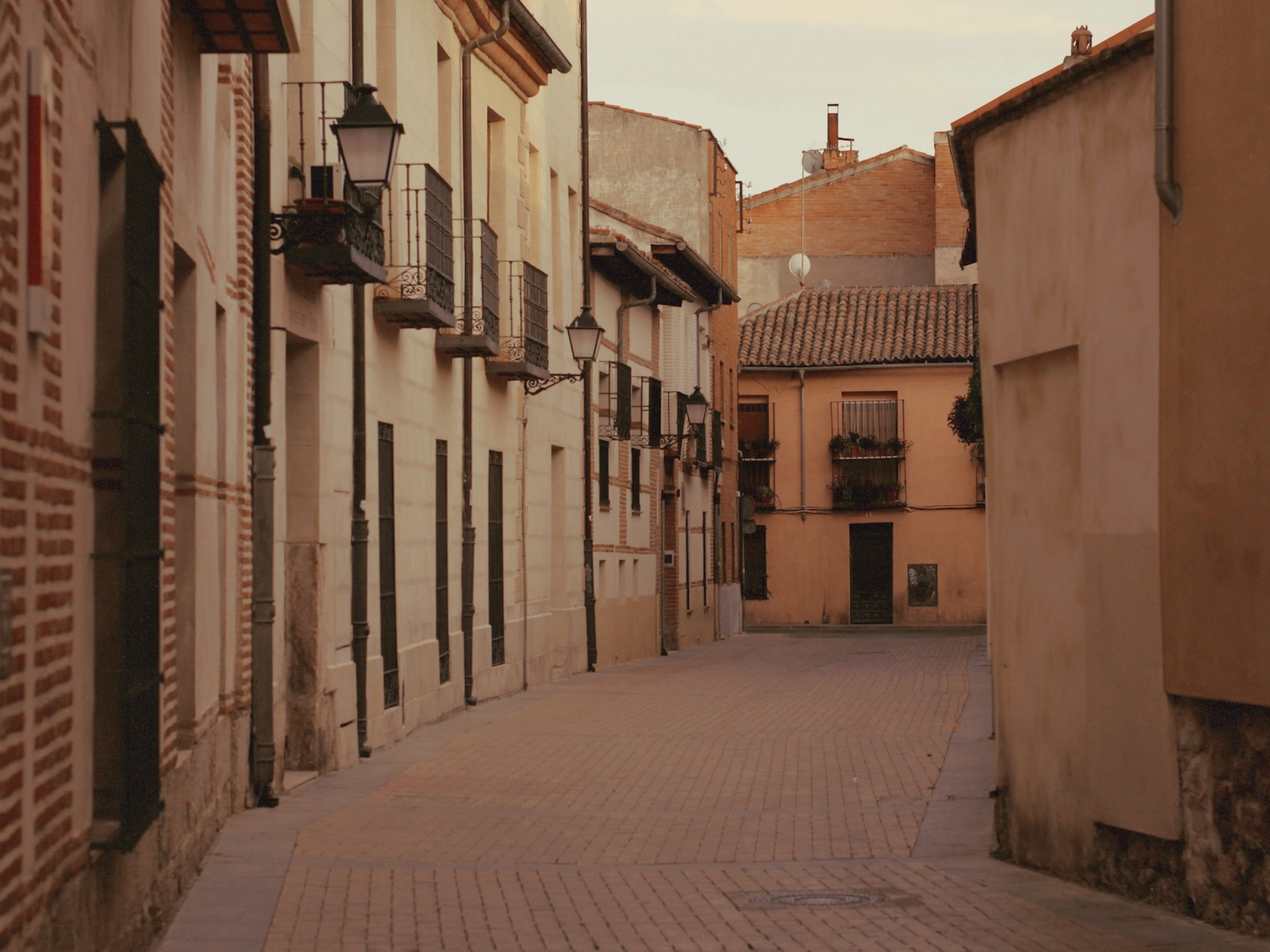While there is some awareness of Spanish heritage and its colonial past in the United States, most people are not as familiar with the role Spain played in shaping US history. The narrative taught in many schools and shown in films often emphasizes English colonial history – particularly the thirteen colonies, the American Revolution, and westward expansion.
However, the Spanish have left a significant imprint on the United States, from architecture and festivals to language and cuisine. To discover this side of the U.S. be sure to apply for a tourist visa ahead of your trip. Most visas take at least a few weeks to process.
Here, we delve into five cities that boast significant Spanish heritage, providing a fascinating glimpse into the past and a cultural experience unlike any other.
A Quick Glimpse of Spanish Influence in the U.S.
Spanish exploration of the New World began with Christopher Columbus’s voyage in 1492. Although he never landed in what is today the United States, his quest to discover the Americas began a global transformation.
Juan Ponce de León explored Florida’s coasts in 1513, beginning a series of Spanish expeditions throughout the Southeast and Southwest searching for gold, other valuable resources, and the fabled Fountain of Youth.
In 1565, Pedro Menéndez de Avilés founded St. Augustine in Florida–the first permanent European settlement in what is now the continental United States. This was 42 years before English settlers established Jamestown in Virginia.
The Spanish used missions and Presidios (forts) to colonize and control new lands. The missions were religious outposts established to convert Indigenous peoples to Catholicism and the Spanish way of life; presidios provided military support. Mission San Diego de Alcala, established in 1769, is still standing today.
The Spanish colonial period saw significant cultural exchange between the Spanish and the native populations. The Spanish introduced new animals and agricultural techniques, intermarried with Indigenous women, and created a new mestizo population in areas like New Mexico. However, there were also conflicts over resources, religion, and control that led to violent clashes like the Pueblo Revolt in 1680.
Spanish power in North America began to decline in the late 17th and 18th centuries, facing competition from other European powers.
In 1819, the Adams-Onís Treaty officially transferred Florida to the U.S., and following Mexico’s independence from Spain in 1821 and the Mexican-American War (1846-1848), remaining Spanish territories fell under U.S. control.
The First Spanish City: St. Augustine, Florida
Established in 1565 by Spanish explorers, St. Augustine is not just the oldest city in Florida, but the oldest continuously inhabited European-established settlement in the continental United States.
Home to Flagler College, this light-spirited city will win you over with its cobblestone streets, lined with Spanish Colonial architecture. Take a stroll through St. George Street, a pedestrian-only street lined with boutiques, shops, restaurants, attractions, ice cream shops, and more.
A must-visit is the Castillo de San Marcos, a star-shaped fort built by the Spanish to defend Florida’s coastline.
Step into the city’s Spanish roots during the annual Fiesta de San Agustin, which commemorates the city’s founding.
The Night of Lights is a famous display of over 3 million lights that decorate the Old Town. It runs from November through January.
The Oldest Church: Santa Fe, New Mexico
Santa Fe was established in 1610 as the capital of the Spanish colony of Santa Fe de Nuevo México. A trading center along the Camino Real, it became an important stop on the historic trade route connecting Mexico City with Santa Fe.
The Spanish influence is evident in the city’s architecture, which includes adobe buildings and Palace of the Governors. It hosts a wealth of Spanish colonial art, seen in the city’s numerous museums and galleries.
The San Miguel Chapel, the oldest church in the U.S., is a testament to the city’s enduring Spanish roots.
The annual Santa Fe Fiesta, held every September, commemorates the Spanish reoccupation of the city after the Pueblo Revolt. With vibrant parades, traditional dances, and regional cuisine, it is a showcase of the city’s Spanish heritage.
Discover el Alamo in: San Antonio, Texas
Home to the iconic Alamo, San Antonio’s Spanish heritage is deeply interwoven into its cityscape. Spanish missions, including Mission San José and Mission Concepción, reflect a bygone era and are UNESCO World Heritage Sites.
The city’s vibrant culture comes alive during Fiesta San Antonio, a 10-day event filled with parades, music, and food, honoring the city’s unique heritage.
The San Antonio River Walk, adorned with Spanish-style architecture, offers a beautiful stroll through the heart of the city.
Colonial Architecture: Los Angeles, California
Los Angeles, in California, has a history deeply rooted in its Spanish heritage. The city’s name, meaning “The Angels” in Spanish, serves as a reminder of its early beginnings.
Its origins trace back to 1781, when a group of 44 settlers established the pueblo of Los Angeles. Under Spanish rule, the area served as a farming and ranching community; its inhabitants primarily engaged in agricultural activities.
The Spanish legacy can still be observed today in the names of many landmarks and streets, such as Olvera Street and Plaza de la Raza.
The Spanish influence also shaped the architectural style of many of the city’s historic buildings with Spanish Colonial Revival and Mission Revival designs prominent in areas like Downtown Los Angeles and Beverly Hills.
El Pueblo de Los Angeles Historical Monument, the site where the city was born, features the oldest standing residence in the city, Avila Adobe.
The Mission San Gabriel Arcángel, another important Spanish landmark, influenced the city’s early development.
Five Flags Festival in Pensacola, Florida
Founded by Spanish explorer Tristán de Luna in 1559, Pensacola was the first European settlement in the United States. Just a few weeks after it was established, it experienced a devastating hurricane, including the loss of several ships and supplies.
Loss, conflict, and disease forced the Spanish to abandon it. However, Pensacola was later reestablished in the 17th century. It then served as the capital of Spanish West Florida and played a crucial role in Spain’s colonial ambitions in the region.
The Spanish influence is evident in Pensacola’s architecture and culture today, reflecting a lasting legacy of its colonial past. Today, Pensacola stands as a testament to its rich history and the enduring impact of Spanish colonialism on the region.
Today, remnants of Spanish history can be found at the Historic Pensacola Village and the reconstructed Fort Barrancas. Every year, the city celebrates its diverse cultural heritage with the Pensacola Seafood Festival and the vibrant Fiesta of Five Flags.
Be Ready For Your Historical Trip!
Now that we’ve taken you through the history of the Spanish “conquistadores”, we’d just like to remind you to take into consideration a few tips for your U.S. trip:
- Get your tourist visa in time
- Have both a credit card and cash
- Travel light
- Avoid bringing certain foods/items on the plane
- Get an adaptable charger
Enjoy your time visiting these incredible places!



